Our eyes work just like a camera. When we look at an object, light rays reflect off that object and enter the eye through the cornea. The lens behind the cornea focuses the rays onto the retina, which, in turn, converts the rays into electrical impulses that travel through the optic nerve to the brain. The brain perceives the electrical impulses as an image.
Seeing depends on this entire chain of events. But seeing clear, focused images depends largely on having a crystal clear lens.
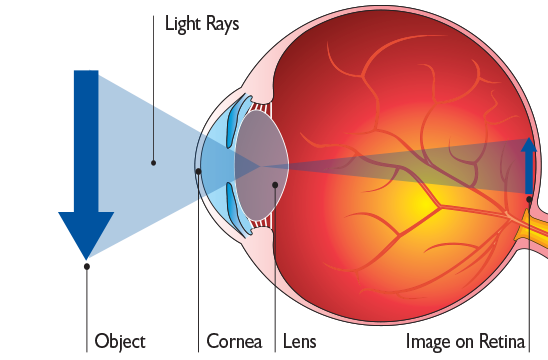
Common Vision Problems
Myopia (Nearsightedness)
People who are nearsighted can see up close, but have difficulty seeing objects at a distance. The term nearsighted is used because generally speaking, one can see clearly only at near. Myopia is typically caused by an eye that is too long or has too much focusing power, which causes light to focus in front of the retina instead of on the retina itself.
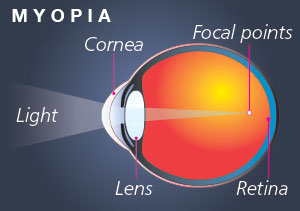
Hyperopia (Farsightedness)
Farsighted people can see objects at a distance, but have difficulty seeing up close. Hyperopia (farsightedness) is usually caused by an eye that is either too short or has a weaker focusing power, which causes light to focus beyond the retina instead of on the retina itself.
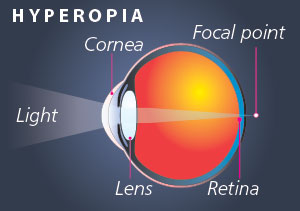
Presbyopia
Presbyopia is an age-related condition that blurs near vision. It’s caused by a gradual loss of flexibility in the eye’s natural lens and surrounding muscles. Presbyopia, may require the use of bifocal or “progressive” lenses to see clearly both near and far.
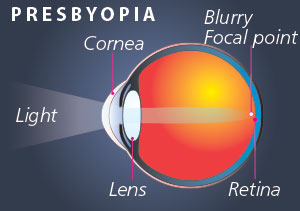
Astigmatism
The normal cornea has a symmetrical curvature. In someone who has astigmatism, the surface of the cornea is curved more like a football than a basketball, with both flatter and steeper curves. This common irregularity, called “corneal astigmatism,” causes blurred or distorted vision. This occurs when the light rays are focused at different spots instead of being focused sharply at one spot on the retina, providing clear vision.
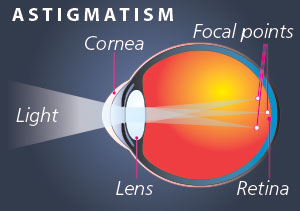
ONE VISION, MANY OPTIONS®
At the Rand Eye Institute, we provide vision correction options that can often correct one or more of these common eye problems. This means it may be possible for you to gain clear vision with little or no need for glasses or contact lenses.
LASIK
We are leaders in no flap LASIK vision correction.
Learn more about laser vision correction treatment:
Not a candidate for LASIK . . .
Cataract
Our state-of-the-art cataract procedures are the most advanced in the industry.
We provide the following treatments and solutions:
» Custom Laser Cataract Surgery
» PanOptix multi-focal implants
Eye Conditions
We treat all major Eye Conditions inlcuding but not limited to:
